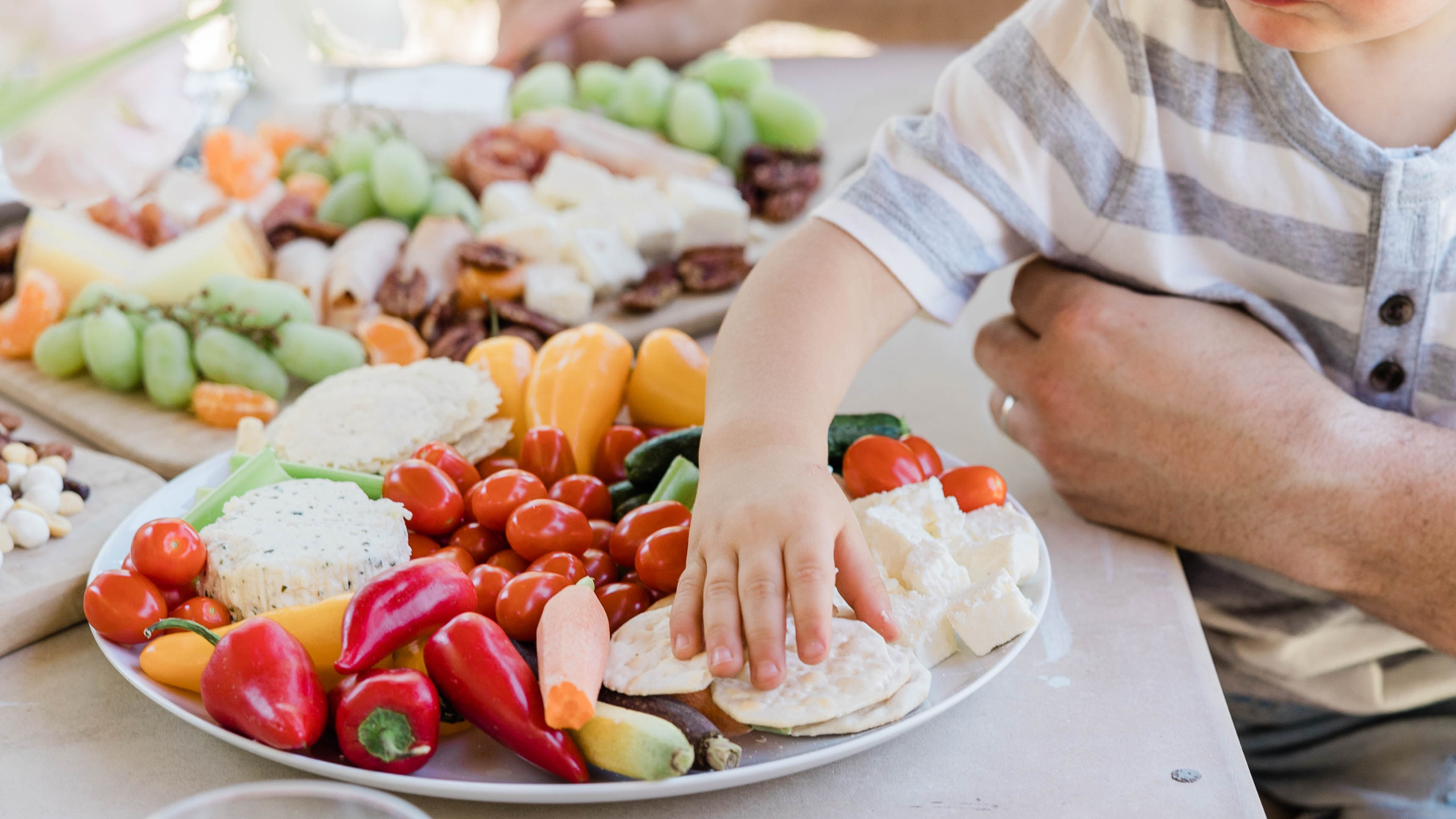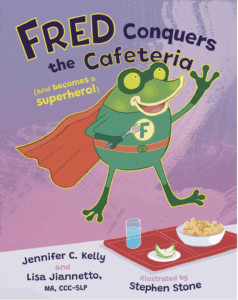Are you struggling to add variety into your child’s diet? Do you find yourself “stuck” when deciding what food to introduce next to your child? Do you find yourself “battling” with your child each time a new food is introduced? If you answered “yes” to any of the above questions, there is a path through!
What is Food Chaining and How Can I Use This Approach to Design My Own Personal “Food Map”?
Food chaining is a well-respected method used to manage feeding challenges in children. (Fishbein,M., Cox, S., Swenny, C, Mogren, C., Walber, L., & Fraker, C., 2006). https://a.co/d/4Rbk7HB
It can be used when encouraging a picky eater to be a more adventurous one and can also be used in therapy when treating more complex feeding disorders. This approach creates a “food map” (the term that I use to create a visual diagram for children and families in my feeding therapy sessions). When researching the approach, it is also called a “food chain” (as the name of the approach suggests). It utilizes a regularly eaten food as the starting point. New foods are chosen and added to the chain based upon the properties of the foods. The goal is to draw similarities between foods.
Food chains or maps can range across all food groups and textures of foods (solids, semi-solids and purees). When outlining a food chain or map, it is very important to do so in a lighthearted and positive manner. It doesn’t always need to be done at designated mealtime. It also should not be all at once. Children who struggle with advancing their diet, most often need extra time to acclimate to change – even the smallest of change can dysregulate them. If you are a parent of a struggling eater, you know your child best. The main goal is helping a child draw connection between foods that they already love and those that are new. This can be through the color, shape, texture, smell, way it feels on their finger, etc. There is no rule as to how the connection is drawn, so long as it resonates with the child. Younger children tend to be more “concrete” thinkers, which is why visible properties of the food is a great starting point – color and shape tend to be the most relatable properties for young children.
Example
-
- Start Food: Chicken Nuggets (Typically Accepted Shape/Brand)
-
- Chicken Nuggets Cut Up into Pieces (Goal: To Build Toleration of Changes in Appearance)
-
- Chicken Nuggets (Different Brand) (Goal: To Build Toleration of Slight Changes in Taste or Appearance)
-
- Homemade Chicken Nuggets Using Ground Chicken (Baked or Fried) (Goal: To Building More Toleration of Change)
-
- Rotate All Types into Diet (Typically Accepted, New Brand, Homemade) (Goal: To Increasing Flexibility and Increasing Variety in Diet)
-
- Chicken Nuggets Breading Removed (Apply This Change Gradually) (Call it “Naked Chicken” While Giggling) (Goal: To Make Food Exploration Fun; To Build Tolerance to Change in Appearance, Texture, and Taste)
-
- Pan Seared/Sauteed Chicken (Cook to a Golden Brown)
-
- End Food: Grilled Chicken (At this point tolerance to change is hopefully increased enough for your child to feel comfortable to try.)
Final Notes
Remember advancing your child’s diet takes time and lots of practice. Do not give up after the first bite. Talk to your child about how it takes time for “our body and brain need time to learn something new.” This honors and acknowledges both the unpleasant physical and emotional experience of stepping out of one’s comfort zone. Compare it to learning a new sport or learning to ride a bicycle for the first time. Food exploration should be a pleasant experience. Younger children learn through play. It is completely developmentally normal for a toddler to play with his food. This is a perfect time to expose your child to colors, textures, and aromas of foods. For the older child as you accomplish each step of a chain, I suggest taking a picture so that the child can see the progression as he or she advances and adds more links to the chain. Keep the reinforcement high using positive language. If your child loves science, present it as being a “food explorer” to draw your child into the process, which will empower him or her take an active role in the process and feel more in control, which can help to minimize resistance and anxiety. Sometimes a few simple changes, can go a long way!
Click here to access our very own Picky Eater Toolkit, a fun and engaging guide to help parents navigate picky eating – now available for purchase on Etsy!
As a reminder, if you are unsure if your child’s struggle is not just picky eating but something more, it is always best to seek out a comprehensive evaluation. Discuss your concerns with your pediatrician or set up a preliminary consultation with a feeding specialist to help you outline next steps.
Author: Lisa Jiannetto-Surrusco, MA, CCC-SLP
Reach for the Stars Pediatric Speech-Language-Feeding Therapy
Cranford, NJ
Lisa Jiannetto-Surrusco, MA, CCC-SLP, is the owner and director of Reach for the Stars LLC, a pediatric practice that specializes in speech, language, and feeding disorders, with two locations in Central NJ. She provides direct therapy and evaluation services. She also provides clinical consultative services within the NYC Metropolitan Area and is the writer and presenter of a multitude of seminar graduate courses presented nationally. She is also writer and presenter for several ASHA Accredited Courses.


